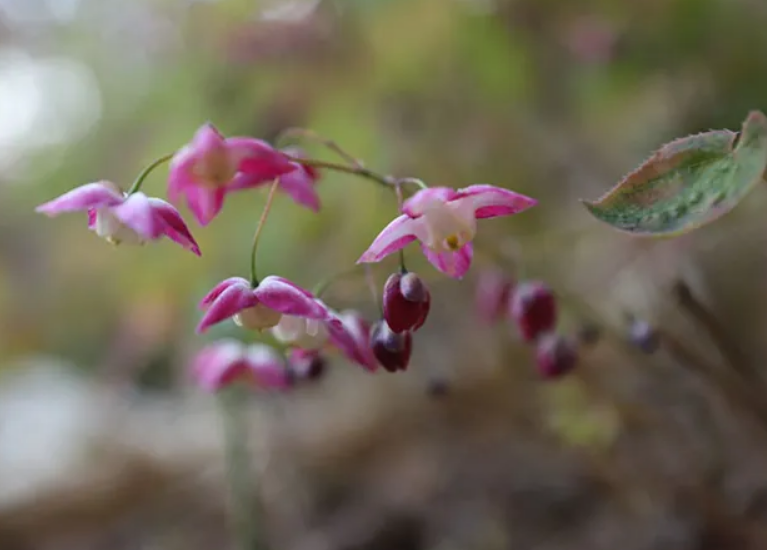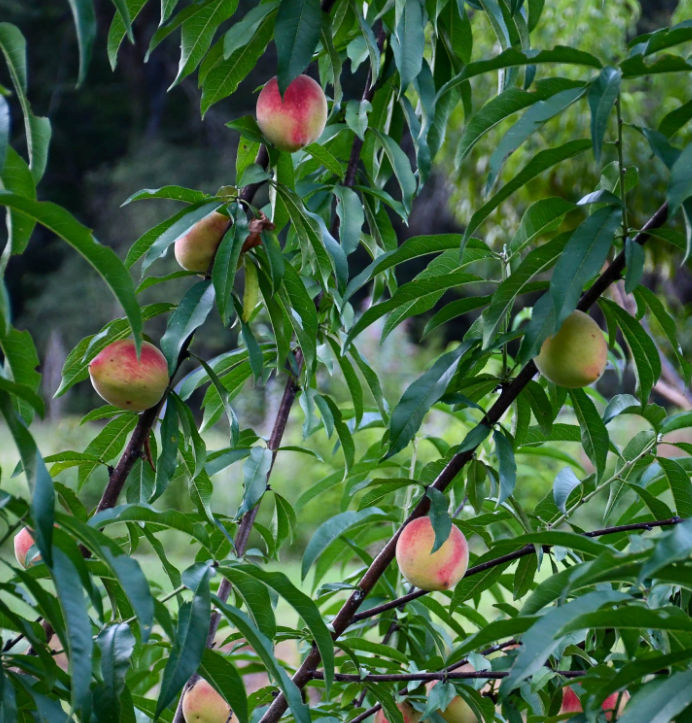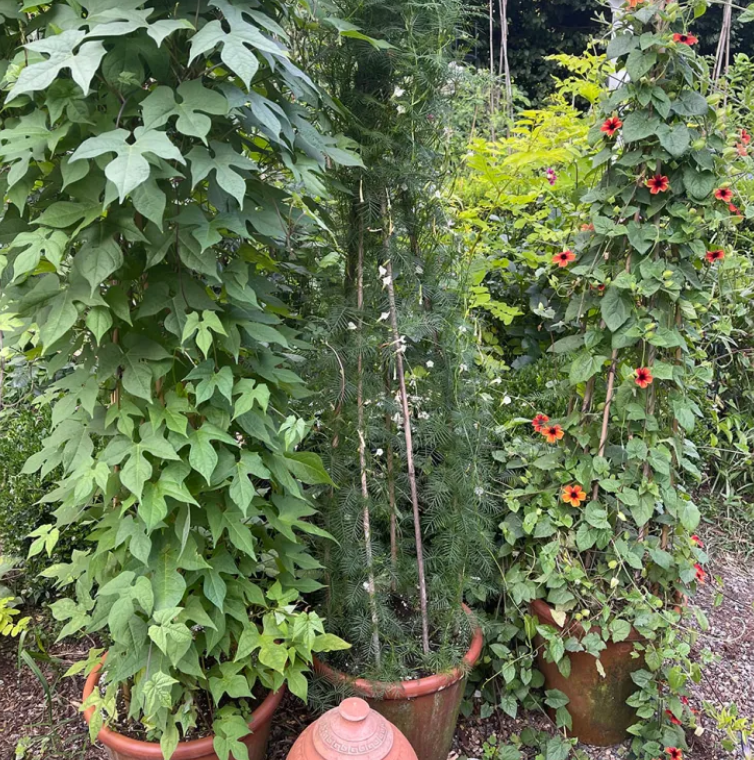It’s finally autumn and after a hot summer I’m certainly celebrating this year. It’s amazing how different the garden looks. A few rainfalls, cooler nighttime temperatures and shorter days have had a big impact on plant growth and my sanity.
It’s a miracle the plants survived after such a harsh summer. Native plants are fortunate to be dormant underground, waiting for the worst to pass. And, for me, there is no better harbinger of autumn than the red spider lily.
I grew up with gypsophila in Tennessee, where I heard them called “naked ladies” because they bloomed without leaves. We had a few large clumps on the south side of our house that were too old to bloom well. I’ve never really appreciated them for what they are, a plant that can withstand the worst of summer and pop up a few days after a rain. To me, they were old-fashioned rather than new and cutting edge.
In the fifteen years since I left home, my tastes have changed. I have learnt that not everything new is good and to see the true value in plants. I now have a large collection of stone garlic bulbs. They come from three locations near our home.
Some of them originated at Mayfly Farms. One of the joys of buying a new property is discovering plants that were invisible when the closing papers were signed. The autumn after we moved into the cabin, an inflorescence appeared along the east fence between a barbed wire fence and a lone water oak tree. Even at a distance of nearly 400 feet, I could make out the coral red in the shadows. For years, these bulbs had been shaded, sitting there quietly, barely able to photosynthesise and produce flowers, let alone stay alive. When it rained again, the leaves lined up neatly along the fence line. I dug them out and moved them closer to the house. I counted about 60 bulbs.
The other bulbs came from near an old oak tree on a side road that was probably some old home place. I’m glad I got them. Last spring they cut down the woods and the oak tree and the forest around it are gone now.
And, three years ago, I noticed some plants growing over the fence on one of our neighbour’s properties. I asked him if I could dig that clump and he agreed. I counted about 260 bulbs from what I dug.

By my count, I have planted at least 500 stone garlic plants here and I love seeing the fruits of my labour at this time of year. Where I find them is a testament to how sturdy these bulbs are. Most of the stone garlics in the Southeast are triploid and therefore labelled as stone garlic varieties. Radiation. Tripling the number of chromosomes means they don’t produce seeds, but the energy saved is transferred back to the plant for vigour.
I have now arranged them between the double fences on either side of the frontage road. Whilst they won’t all flower at the same time, they can be enjoyed for a month or so as the bulb water merges and germinates and their inflorescence rises in bud like a candle with a waxy flame. I wish they bloomed with more shock and awe. I mean, can you imagine more than 500 stonecrops blooming at the same time? I’ve seen photos of understory plants that look like crimson tides. And, when I started planting more perennials in the front of this property, I found that stone garlic was harder to see. And, it’s a pain to keep digging up dormant bulbs.
I’d like to move them to the orchard’s grassy area, where I’m planting mostly reds, pinks, and yellows. And, to help me decide, this evening I picked a handful of stonecrops, pried the soil out of the turf with a soil knife, and inserted the stems to get an idea of what they look like in this space. I stepped back and was pleased with the results.
And, on cold winter days, when I forget how hot it is in the summer, I will move bulbs with green and grey foliage into this space and look forward to enjoying the flowers for many autumns to come.




